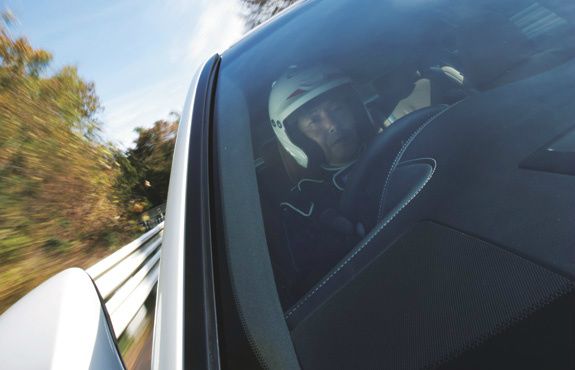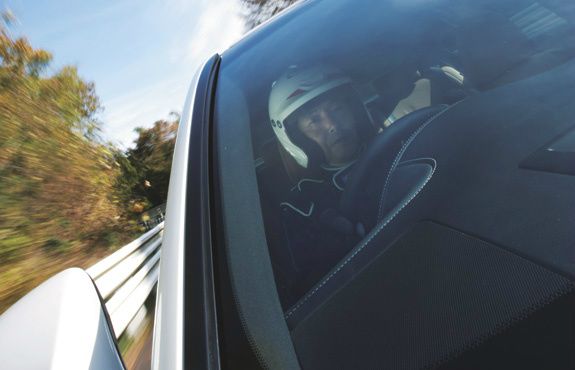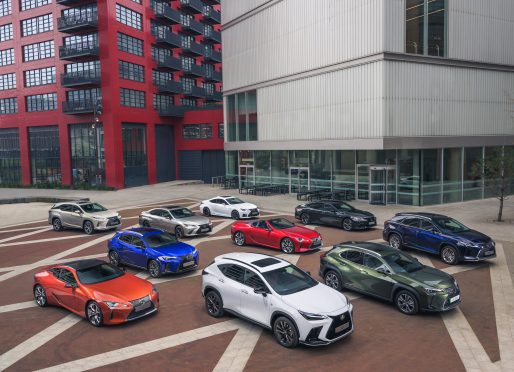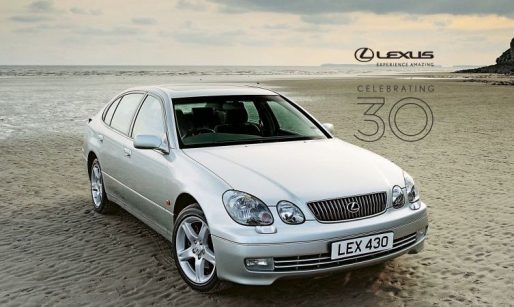
Shuichi Ozaki is the sort of man who’ll work through the night until an issue is resolved, and all the right boxes have been ticked.
But for this particular Lexus ‘Meister’, success is not measured on a clipboard. It’s measured by the width of a smile. That’s because Ozaki’s job is to optimise the mix of emotions that create human appeal in the Lexus GS. He is the Emotion-Meister.
The GS’s Human-Machine Interface cabin design is designed to bring the human being right to the front of the driving experience. Ozaki’s role is to take that feeling of integration one step further by adding a new layer — mystique.
“A car is an industrial product assembled from specialised parts and many advanced technologies,” he says. “That gives it one layer of physical depth.
“At Lexus, each individual or team is trying to craft parts ‘masterpieces’ that, by reflecting the creator’s passion, add another layer of emotional depth. My task is to add another layer of passion, by fine-tuning the entire vehicle.
“We do that by feeling.”
Ozaki’s holistic refining process is exhaustive and comprehensive. It has been applied to the humblest of GS parts. Take the driver footrest as an example. Normally a flat surface, the one in the GS is curved because Ozaki’s team discovered that that was the most natural human fit. “Finding the best curve was a very sensitive balance that even high-tech devices couldn’t measure,” he smiles. “We had to use our senses.” Examples of such fine-tuning are everywhere in the GS.
When a proposed improvement impacts on other parts of the car, the whole refining and relayering process has to be repeated on each of those parts, with Ozaki’s ‘sense’ component applied. This domino effect can add a lot of time to a car’s development programme.
“We raised the steering wheel angle by two degrees, which definitely gives us a better driving environment,” says Ozaki. “It sounds simple, but the change was only implemented after we’d gone right through all the other associated parts, prototyping new seats and setting new positions and angles for the pedals.
“In the end we spent almost two years finalising that new wheel angle.”
Ozaki-refined GS sensations are subtle, almost unnoticeable – and that’s exactly how he likes it. He wants these emotional enhancements to be felt on a near-subliminal level. “If someone says ‘Wow, look, what’s been achieved’, I see that as a problem.
“When the driver grips a steering wheel made with great materials like premium leather, wood or bamboo, the comfortable feeling should flow up from the hands into the mind and give a sense of satisfaction, excitement and confidence in having made the right buying choice. All that should happen without the driver noticing.”
The feeling Ozaki wants Lexus GS owners to experience after each journey is one of time well spent behind the wheel, a pride in ownership, and a desire to get back in and drive some more. To achieve that, Ozaki must identify the unidentifiable and substantiate the insubstantial. It’s a daunting brief, but through his own passion, Ozaki is meeting it. “Maybe that’s why, every time I sit in a GS, I feel human.”






What an amazing man! And having driven the new GS I cannot begin to describe what an emotionally stiring car it is. Makes your heart sing!